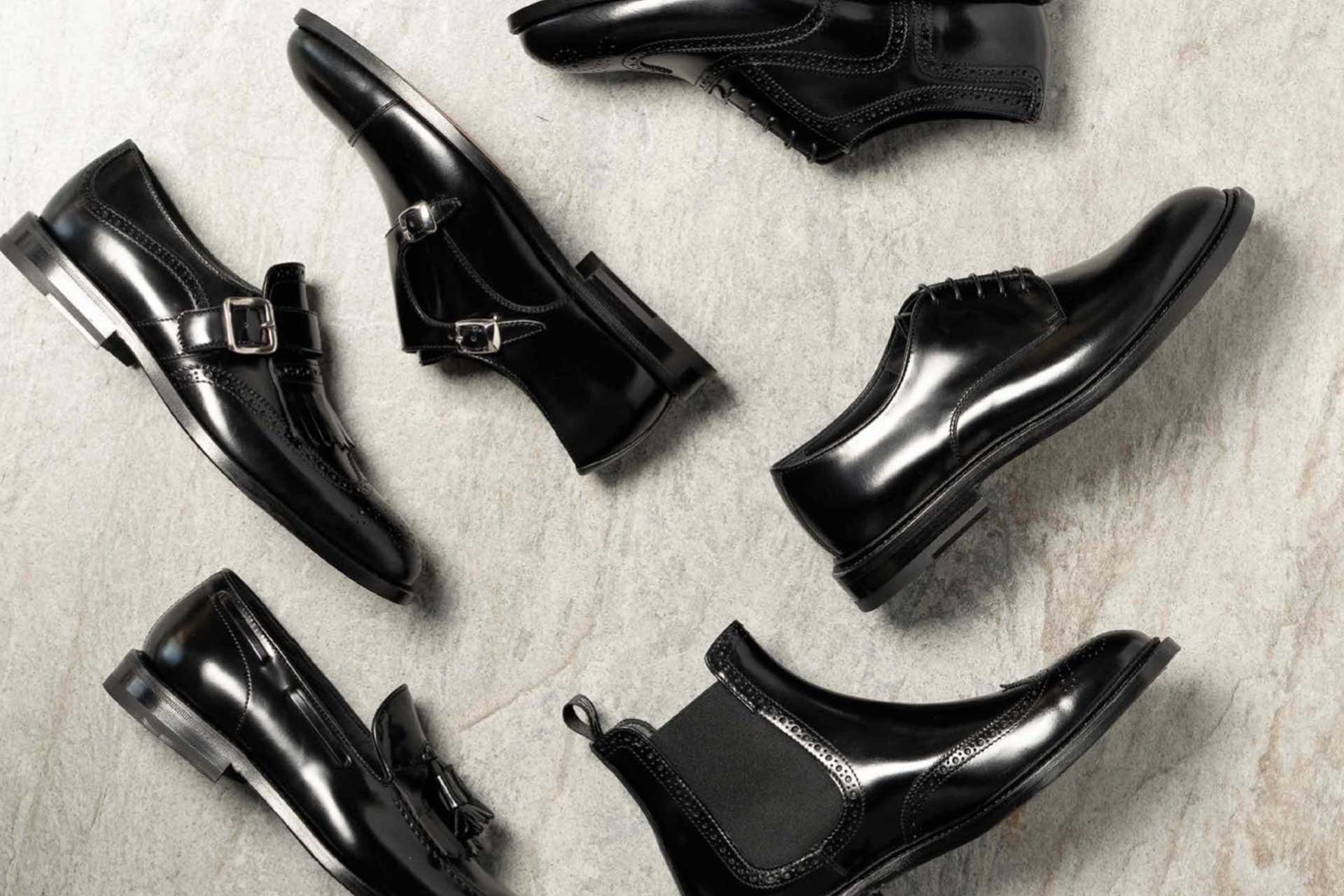The overproduction of clothing is often an overlooked element when it comes to pollution caused by the fashion industry. A conversation with Francesco Carpineti.
Technology: the unusual player entering into the fashion game
From augmented reality, used on e-commerce as a way to encourage online shopping and to allow users to virtually try on the items before buying, to artificial intelligence and 3D modeling that help customers create their own custom designs. Technology is changing the way brands and customers approach fashion – from production to buying experience. Technology has proven to be a powerful tool from the sustainability point of view, helping brands showcase products to potential buyers without having to produce them in real life, but using 3D models that users can even virtually try on before confirming the purchase. This process allows brands to cut down overproduction and work on pre-orders only, saving energy and raw materials.
3D models can also be used during the first steps of fashion production while designing samples; 3D samples can offer a fast, economical and sustainable way to test designs before they are produced. Creating these digital samples also drastically reduces waste, as raw materials aren’t needed, and can help decide which designs will make it to the final collection without wasting time, energy, and resources. Besides AR and 3D modeling, artificial intelligence is also playing a role in the fashion industry cutting overproduction waste: the analysis of vast amounts of data from social media, eCommerce, and smartphones can help predict buying decisions and anticipate purchases, and reduce overproduction.
When asked about the merge between technology and sustainability, Francesco Carpineti, Creative Director and Co-founder at DIS – Design Italian Shoes – explains «we saw technology and augmented reality as a way to exploit our heritage and reorganize the shoe production here in Italy, while solving issues related to overproduction and surplus stock». Thanks to technology such as Augmented Reality, brands can work almost only on-demand, with pre-orders, without producing items that they can’t predict will be sold or not, and cut costs and emissions related to logistics and shipping of the products to the stores.
The issue of overproduction: a primary concern for the fashion industry
The fact that fashion brands produce more than they can sell has a significant impact on the environment, but as Carpineti states, immersive technologies can help overcome the issue: «we show our customers products that don’t even exist yet, in-store and online», he says. «We can produce some models, so that our customers can try the fit, but we produce on-demand only, allowing customers to choose every feature of the shoe. We are also working to implement virtual try-on in augmented reality, to give a more realistic feeling».
Merging the craftsmanship and exclusivity distinctive of the luxury market with environment-friendly approaches is a growing trend. From the Kering group’s sustainability strategy that aims to reduce their environmental footprint by forty percent, to fast fashion brands like H&M that by 2030 aims to use only materials that have been recycled or come from sustainable sources. These new processes are proof that technology can partner with tradition and build positive cycles on many levels; «exploring new workflows and materials to become more sustainable is not only necessary but dutiful. In addition to the augmented reality try-on and no-stock approach, we will launch a range of recycled, vegan, and biodegradable shoes next year. It is about taking raw materials from nature and returning them without causing damages. Our biodegradable shoes can biodegrade in 180 days».
The no-stock model can discourage surplus production
With potential environmental benefits, it appears to make more economic sense for medium and smaller businesses. A factor to keep in mind in the equation is that customers value the complete customization of a piece specially made for them to the point that they don’t mind waiting some days to receive it, as Carpineti says. «We want to improve this aspect of the business; initially we had twenty days waiting, but orders have doubled when we cut it to ten working days. So we aim to be able to provide our custom shoes in five days only while keeping the high quality of our made in Italy production». Among the many trends that can help improve sustainability in the fashion industry, such as recycled, vegan, and biodegradable products, the technology-powered on-demand approach can re-educate consumers into a more responsible buying behavior while helping producers cut emissions.
«We organized our website to help customers navigate all the available options, and we want to encourage them to choose recycled and vegan options, which have nothing to envy in terms of transpiration and performance to traditional products», states Carpineti. «Technology helped us become more sustainable; with our no-stock approach, we cut down CO2 emissions by thirty percent, and we avoided overproduction». Combining technology with pre-ordering allows brands to match costs with revenue, eliminating guesswork and, therefore, overproduction; brands only produce what has been already paid for. From the point of view of stock surplus, technologies such as 3D models, augmented reality, and artificial intelligence can be a substantial help for industry, as the fashion one, that grew up too much and too fast, without taking into account the capability, and the will, of buying of its customers.
Francesco Carpineti
Co-founder and creative director at DIS – Design Italian Shoes, Francesco Carpinetri allows customers to create made in Italy men’s shoes using a 3D configurator, customizing every part of the product and selecting the materials, with up to five million different combinations. DIS only produces on-demand, without product stock and overproduction, making the supply of raw materials more efficient, while cutting CO2 by thirty percent compared to a traditional shoe manufacturing company.




















